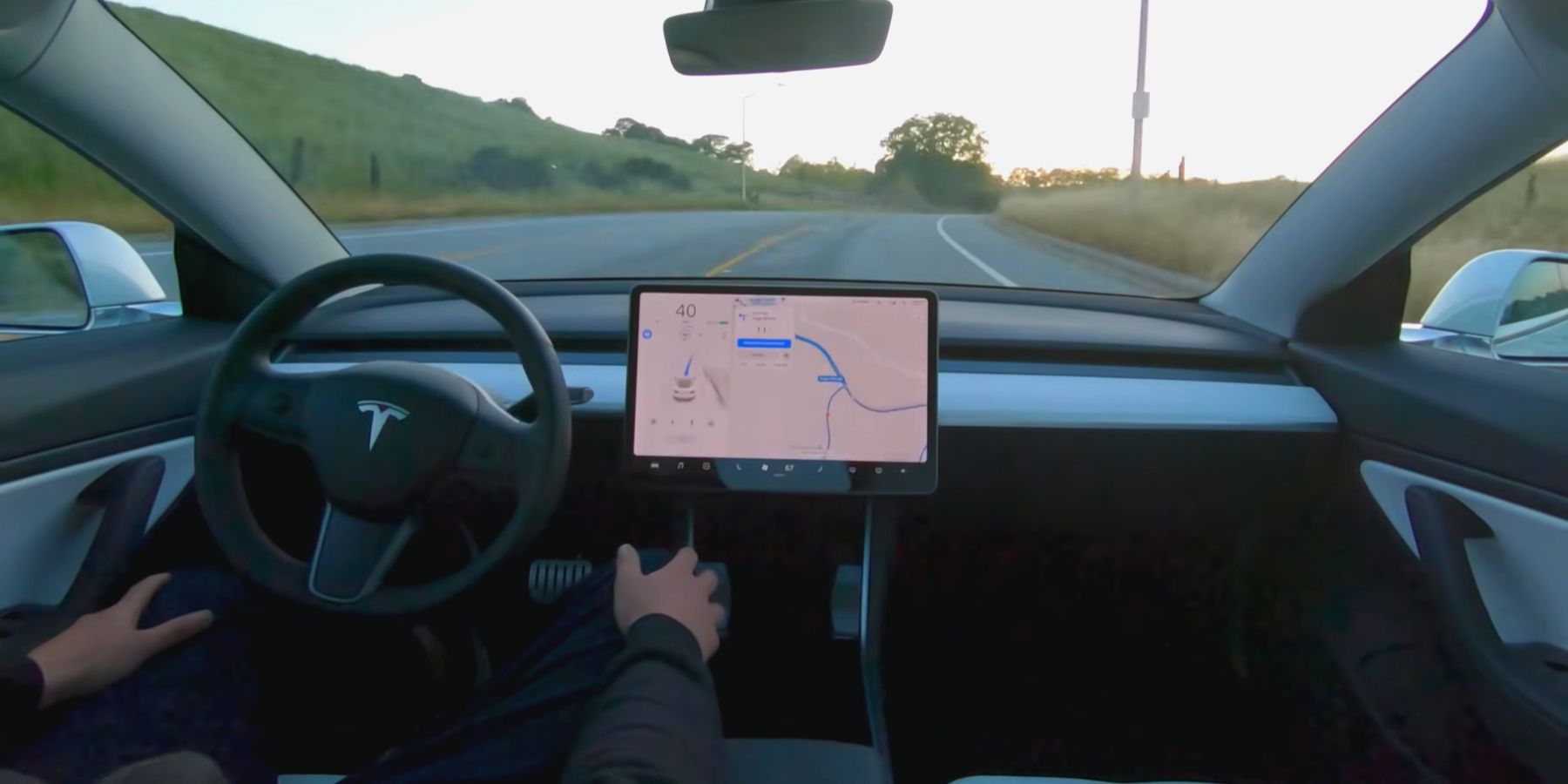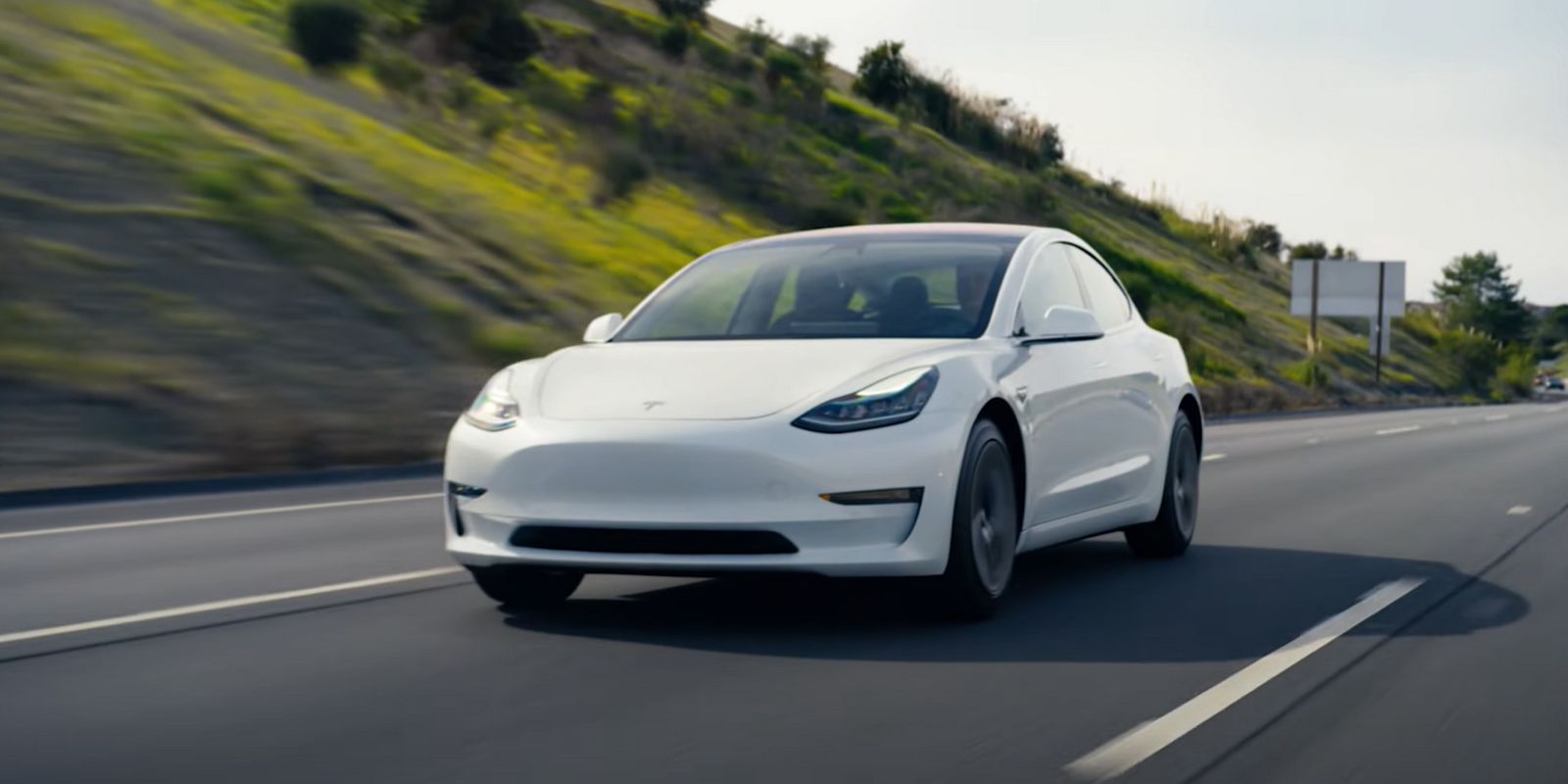Tesla’s Full-Self Driving (FSD) hasn’t had the smoothest of times lately due to software and reliability issues, and a CNN reporter’s on-camera test drive only re-asserted that it is still very much a work in progress and far from ready for the busy, unpredictable metropolitan roads. In July of this year, the driver-assisted solution finally became available as a $199 upgrade with a subscription, serving as a pricey successor to the Autopilot system that all Tesla cars offer for free. However, older Tesla models with the Enhanced Autopilot could get the upgrade for half the price.
In the months that followed, demonstrations such as a nighttime drive down San Francisco's busy Lombard Street showed the FSD tech smoothly navigating around the sharp turns and without many of the issues that its previous builds were plagued by. However, Tesla was apparently still not very confident as beta access was only granted to drivers with a history of “good driving behavior” over the past seven days. Reports of crashes and subsequent investigations have put a serious dent in FSD's reputation, and the latest test by a reporter only adds to it.
CNN's Transportation Editor, Michael Ballaban, took a Tesla with FSD enabled for a spin on the busy streets of Brooklyn, and the experience was not without a few scary moments and a nervous journey throughout. “It wanted to hit the truck” and “That was a really sharp turn” are some of the statements that appear early on in the video, and the unnerving theme continues through the rest of the timeline. When the car was cruising on a road with minimal pedestrian rush, the Tesla and its self-driving tech did just fine. Ballaban notes that the car can see everything from vehicles and cones to pedestrians on the opposite side, but seeing everything doesn’t mean the FSD is perfect as it still feels uneasy around those same elements in more challenging situations.
FSD Is Still A Risky Business
During what was a nervous ride, Ballaban had to take over multiple times when the car appeared to be going straight towards a fence or a giant UPS truck, and the issues around turns were also on full display. The CNN editor made it abundantly clear that the FSD tech needed human takeover "every couple of blocks or so," which doesn’t sound very good for an autonomous driving tech touted to be the best in the world. Rounding up the experience, Ballaban's verdict was the tech is “officially not truly ready for public consumption.” Ballaban equated the Tesla Full Self-Driving experience with teaching a teenager how to drive, a process that requires vigilant supervision and willingness to take over every now and then.
The video is somewhat like watching an unnerving suspense thriller, but one that is playing out in real life and on the busy streets of Brooklyn, under broad daylight, and with real human lives in the mix. CNN Business reporter Matt McFarland, who was sitting in the backseat, narrated the experience in an article that doesn’t paint a good picture of Tesla’s arguably revolutionary tech. “The Model 3's "full self-driving" needed plenty of human interventions to protect us and everyone else on the road,” McFarland wrote, further adding that on a few occasions, intervention was needed to avoid a crash. McFarland concluded by claiming that Tesla’s full self-driving is "closer to a party trick" at the moment than "a must-have feature."
Source: CNN/YouTube, CNN


